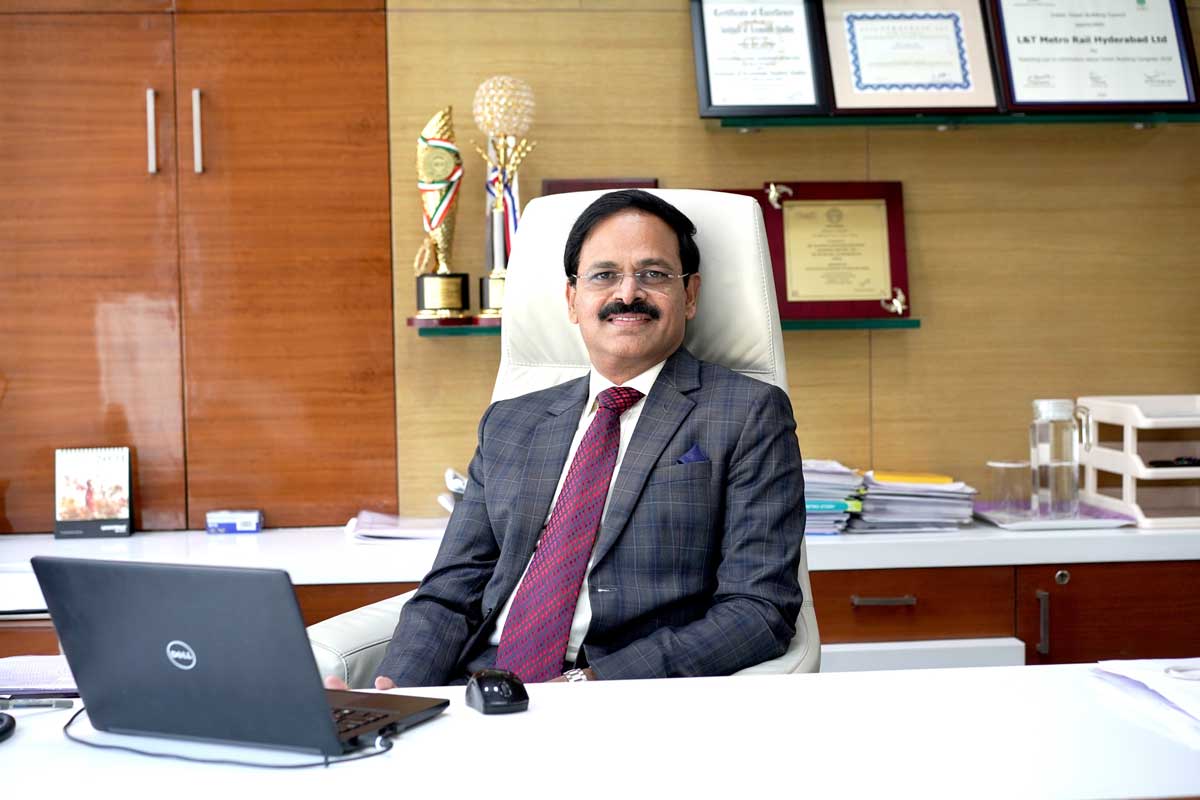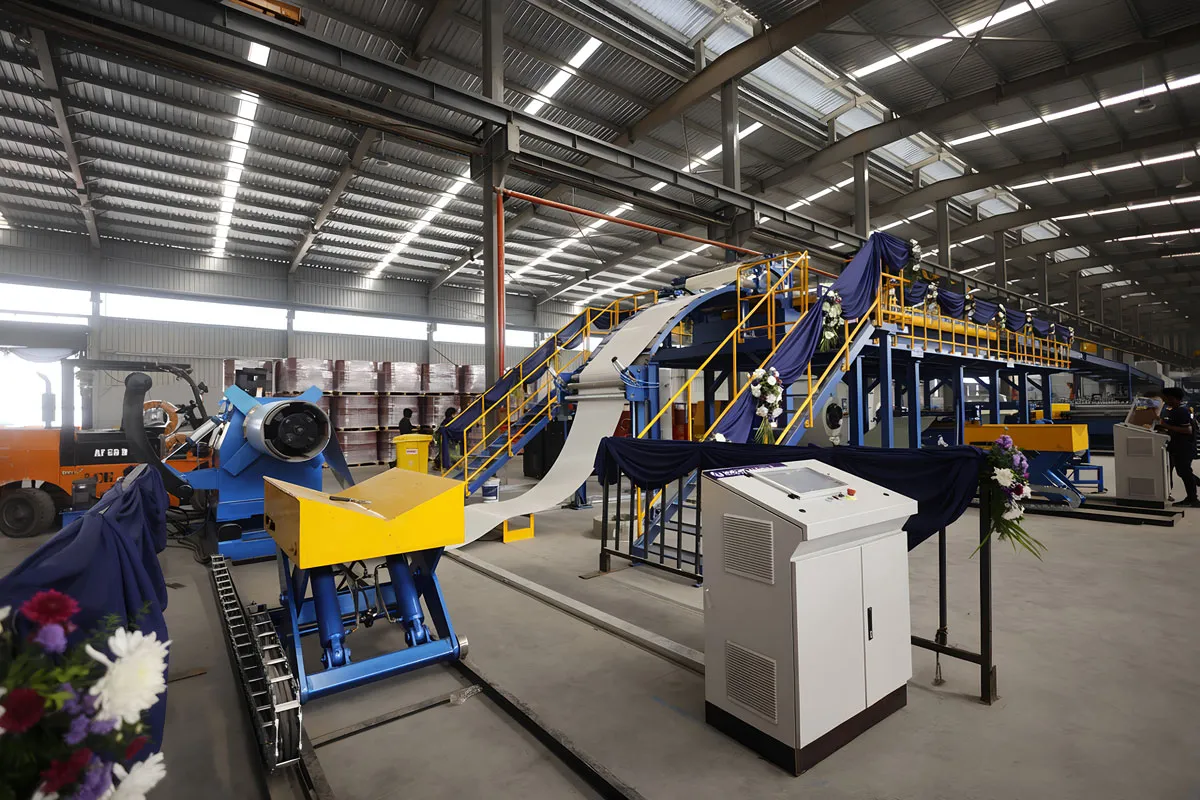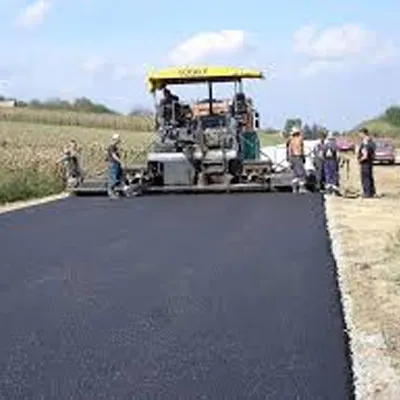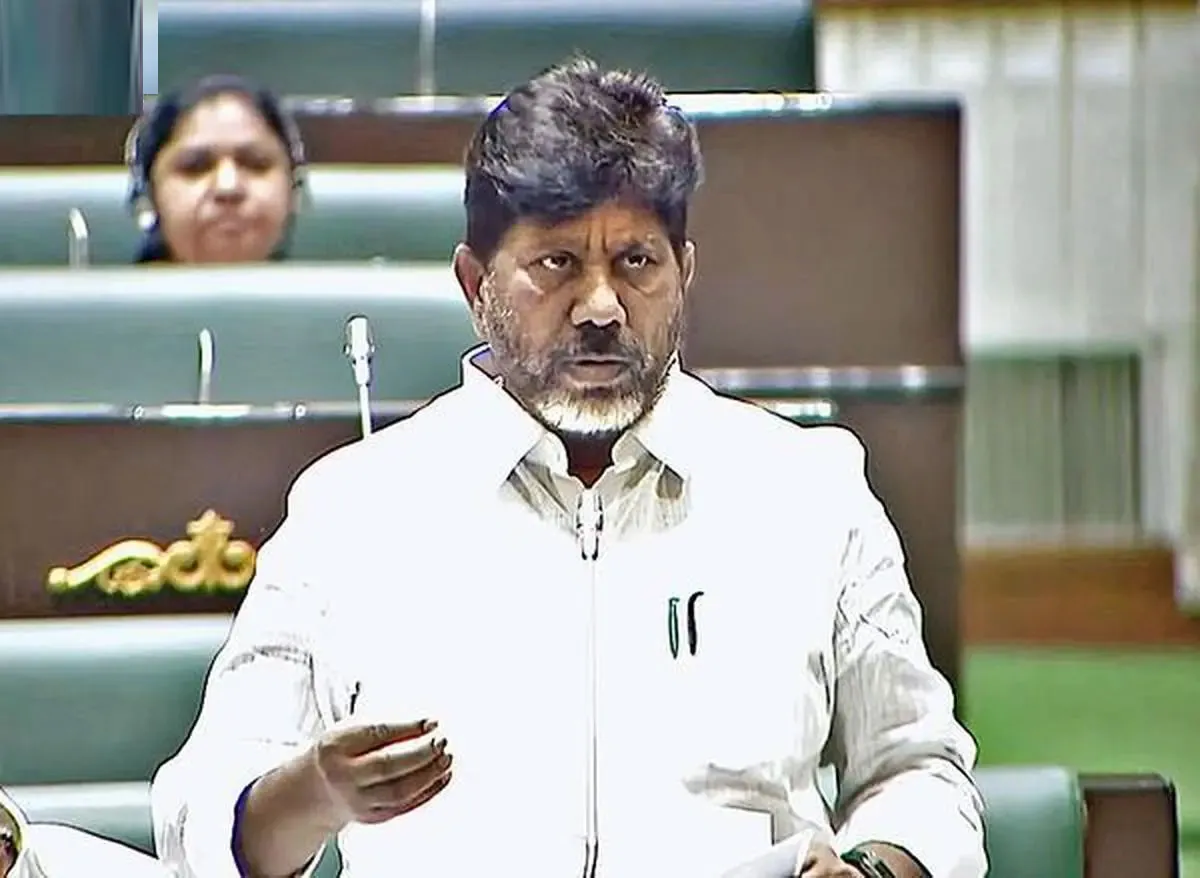What is your take on the policy developments in the metro rail segment in India?
India has been among the top adopters of Urban Mass Rapid Transit System with an ambition to providing best in class and convenient travel options to the rapidly growing urban population. As part of its commitment to urban transport, the Government of India introduced a new Metro Rail Policy in 2017. The policy’s high point is the emphasis on the Public Private Partnership (PPP) model. The governmental commitment towards PPP in metro rail projects is evident with the fact that the policy advises that the central government would approve and aid metro rail projects only if the interested state governments have a private partnership in the project.
Another commendable and progressive policy move is the directive to states to institute a Unified Metropolitan Transport Authority (UMTA) as a statutory body to guide the integrated planning and management of urban transport. However, as industry we would appreciate if UMTA be given the final/sole authority to approve the Comprehensive Mobility Plan (CMP), a prerequisite for planning a metro rail in any city. An accurate CMP is pivotal to assess the viability of a metro rail project.
Metro projects are highly capital intensive. No metro rail services across the world are financially profitable. Metro projects are also long-gestation projects, with far-fetched break-even probability. Hence, fixing of fares is important. In this line, if state governments form a Fare Fixation Committee in accordance with the Metro Railways (Operations & Maintenance) Act, 2002, before implementing a metro project, it can attract more PPP investments.
One of the positive moves by the government has been to mandate Nagpur Metro Rail Corporation to get 0.5 per cent of the stamp duty collected from transactions of real estate falling in the metro rail corridor, which lies within 500 meters of the metro rail track. Such moves could be a great enabler if rolled out across metro rail services in the country, which can go a long way in helping the stressed metro rail authorities to survive the post pandemic effect.
According to you how can we make the metro rail more sustainable in our country?
The footprint of metro rail in India is increasing by day, currently around 900 km of metro rail network is under construction and another 1,000 km is proposed. With around 3,000 km in operation, it is imperative to have a mix of affordability, sustainability, and profitability. The government is emphasizing the need for metro rail to be implemented quickly in the country's urban areas to promote the use of the faster, eco-friendly, and sustainable mode of transport for short distances. These fast-paced metro rail projects offer light at the end of the tunnel in terms of elevating sustainable mode of transportation to suit the requirement of burgeoning urban population of the country.
As per a report, India’s energy consumption has increased by 700 per cent in the last 40 years, which is feared to quadruple by the year 2030. This threat is directly corelated with the urban transportation sector, which consumes the most energy, in this scenario, it must seek to reduce energy consumption and opt for green commute based and similar metro systems for our cities. Green metro projects have the potential to put sustainability first, with features such as energy conservation practices, power efficiency, renewable energy utilization, rainwater collection and harvesting, material sustainability, solar power, regenerative braking systems, etc.
Talking of Hyderabad Metro Rail (HMR), it is one of India’s greenest metro rail projects. Right from its inception, the metro rail focused on sustainable development concepts and today 23 of its metro stations are IGBC (Indian Green Building Council) platinum rated. It has 8.3 Mwp captive solar capability, meeting over 15 per cent of its energy requirements. Hyderabad Metro regenerates over 40 per cent of energy from the innovative Regenerative Braking System in the trains. Hyderabad Metro Rail also offers 60 EV (electric vehicle) charging points at the stations and retail malls. Water conservation is promoted through rainwater harvesting pits at stations and depots since inception, and both its depots (Uppal and Miyapur) are water neutral and energy surplus. HMR also promotes green cover through regular plantation drives. Today HMR is a zero-discharge project, championing the future of green mobility.
What are the major grey areas of a metro rail that the concerned stakeholders need to ponder upon?
Metro Rail is a capital-intensive project. The new metro rail policy 2017 talks about approval of any metro rail project by the central government only if there is private participation to leverage on private sector expertise. While this is a good step, but including private players into public transport system of mass rapid transit system like metro rail is challenging in terms of financial viability. No metro operator is making profit and it is a dire need that the government takes cognizance of this issue and provide some incentives so that private players may feel motivated to invest. Availability of debt finance with long tenures is another area that needs to be better enabled.
Right of Way (ROW) is another big challenge that any project of such large dimension faces. If ROW gets delayed, it disrupts the entire financial and project timelines leading to cost escalations which is difficult to get over. ROW should be made an integral part of CMP and have it fixed or finalized before initiating any metro project. It will not only solve the cost overrun issue and timely completion of project, but also boost investors’ confidence. A guidance on the line integration would also ensure the seamless connection between multiple modes of transportation.
First and last mile connectivity is crucial for success of any mass rapid transit system. The local government and civic bodies should work towards creating conducive environment for improving the first and last mile connectivity keeping the commuters’ requirement on top priority.
Unified Metropolitan Transport Authority (UMTA) as a statutory body with more powers is required to guide the integrated planning and management of urban transport.
What various challenges were faced by L&T during the Hyderabad metro rail construction phase? What strategies were made to overcome them?
Hyderabad Metro Rail has been perhaps the first-of-its-kind PPP venture that faced several challenges both technical and socio-political.
The biggest challenge which HMR faced was ROW availability in urban areas. The project incurred cost overruns of several thousand crore rupees due to delays in land acquisitions, right of way and route-alignment related issues due to various reasons. However, L&T stuck with the project despite all the adversity. Since ROW was a government issue, we were closely in touch with the team for the way forward.
This project involved mobilization of huge workforce and resources for this construction, which witnessed deployment of more than 15,000 workers, 1,500 engineers, 30 launching girders, five concrete plants, 100 cranes and other machinery all over city.
For the magnitude of the construction works and the interface involved among various systems, the given construction period was challenging. This demanded for a remarkably effective and dynamic project management. We implemented war room concept - an innovative monitoring philosophy for effective project management. War room played a key role in planning related functions, since all the critical information like contracts, constrains, resources, ROW, risks are collated in one location. Construction staging, contract key dates, master schedule, catchup plans are examples of the vital outputs prepared in war room. Various project management tools were used for effective project control. Progress graphs, curves, charts, and statistics clearly indicated the level of progress and issues with the respective system. This brought in clarity in the area which must be focused and improved for achieve desired progress. This led our team to be on top of any situation and quick recovery.
We also developed real time monitoring system (web application) during the critical phase of the project to meet the deadline of first commissioning of the project in November 2017. The project progress, resources and issues were monitored on real time basis. This identified the critical needs of the project and enabled the management to make informed decisions and take necessary actions to propel the work progress.
Utility shifting or relocation was one of the foremost requirements for any linear project. The existing over ground and underground utility system would be affected due to the project execution time or at the construction stage and road widening works needed to be carried out for easing the traffic by the side of the project development, all along the alignment. To handle this situation, we adapted systematic procedure to divert the utilities without creating any inconvenience. For this, we had to collaborate and get approvals from multiple govt agencies including GHMC, APCPDCL, APTRNASCO, traffic police, HMWSSB, BSNL, forest department, APSRTC, etc. for road widening processes, approvals were taken from Municipalities, R&B, NHAI, Railway and Cantonment Board, etc.
What thought process should be followed by other states for an ideal and seamless metro rail project planning?
The capacity of MRTS is generally denoted by passengers per hour per direction (PPHPD). The experience of the last few years shows that many states are going for the conventional metro rail system without focusing on the anticipated PPHPD load vis-à-vis the project’s viability. This is happening since a realistic CMP is not in place. The new metro rail policy has guided that a conventional metro rail option should be explored only for those routes where a PPHPD figure of 40,000 to 80,000 is expected. In this light, the states, who are exploring to have metro rail services in their cities should base it on PPHPD demand. If the demand is less than they could explore light urban rail transit system, viz. Metro Lite or Metro Neo. UMTA’s final authorization in approving the CMP is important.
The states going for mass rapid transit system must also work on first and last mile connectivity. The experience has shown that due to poor first and last mile connectivity, commuters are expending much in just reaching the metro stations, thus being a spanner in the growth of metro commuters.
Project viability is very crucial. As earlier discussed, while the new metro rail policy has described that the central government would approve and aid metro rail projects only if state governments have private participation for such projects, the profitability of the project is key for any private player to bid for such projects. In this scenario, ROW related delays and other administrative and legal issues leading to project delays should be factored in.




















